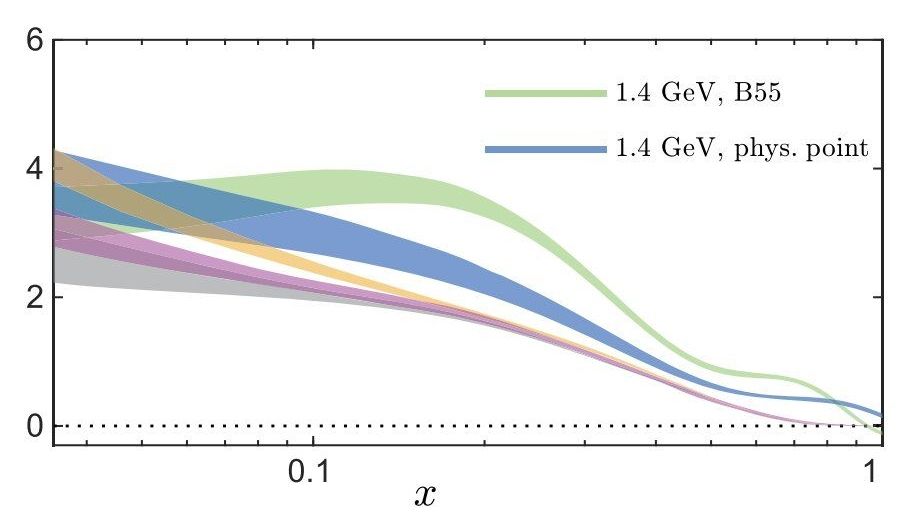At the turn of the 20th century, scientists discovered that atoms were composed of smaller particles. They found that inside each atom, negatively charged electrons orbit a nucleus made of positively charged protons and neutral particles called neutrons. This discovery led to research into atomic nuclei and subatomic particles.
An understanding of these particles’ structures provides crucial insights about the forces that hold matter together and enables researchers to apply this knowledge to other scientific problems. Although electrons have been relatively straightforward to study, protons and neutrons have proved more challenging. Protons are used in medical treatments, scattering experiments, and fusion energy, but nuclear scientists have struggled to precisely measure their underlying structure—until now.
In a recent paper, a team led by Constantia Alexandrou at the University of Cyprus modeled the location of one of the subatomic particles inside a proton, using only the basic theory of the strong interactions that hold matter together rather than assuming these particles would act as they had in experiments. The researchers employed the 27-petaflop Cray XK7 Titan supercomputer at the Oak Ridge Leadership Computing Facility (OLCF) and a method called lattice quantum chromodynamics (QCD). The combination allowed them to map subatomic particles on a grid and calculate interactions with high accuracy and precision.

Interested in thus subject.